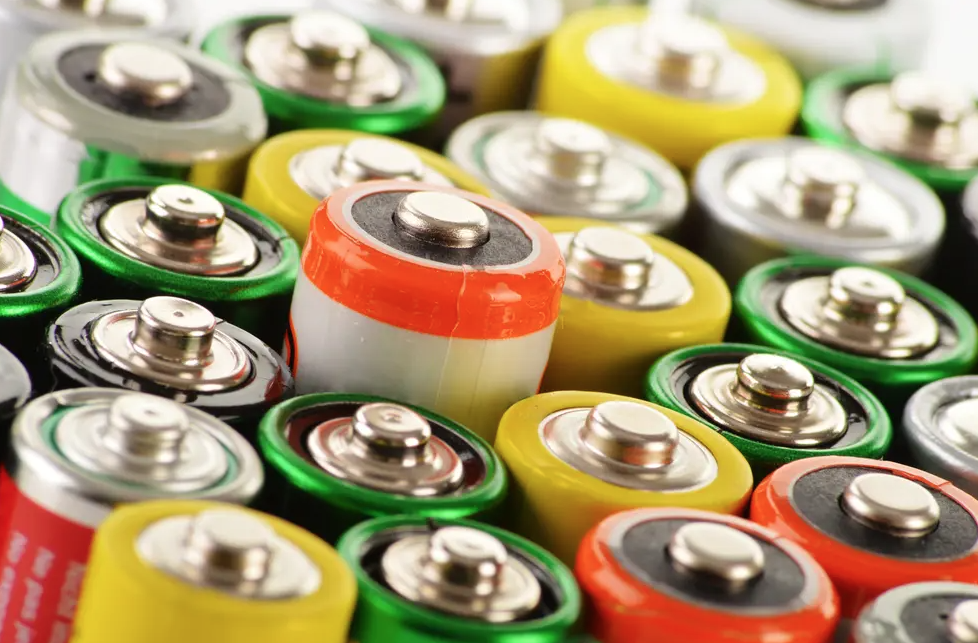New steps for the air lithium battery thanks to nanostructured ceramic
(sustainabilityenvironment.com) – It has exceeded 1,000 charge-discharge cycles offering a high capacity to store energy. And today it aims not only to reach the rechargeable lithium-ion but to exceed them by four times. Let’s talk about the new air lithium battery with solid electrolyte, made by the IIT of the Argonne National Laboratory, in the United States.
Lithium-air batteries are electrochemical devices that exploit oxygen in the air at the cathode level to donate electrons to lithium. This technology can theoretically lead to electrochemical cells with as much specific energy as possible. But on the practical side, their life cycle remains limited. Stability is generally hampered by parasitic chemical reactions involving reactive oxygen. Not only that. With current cell designs, many aqueous electrolytes risk evaporating over time.
Achieved a 4 electron reaction
Argonne scientists have found a way to make a lithium-air battery not only stable but also equipped with high energy density. The secret? Employ a new solid electrolyte: a ceramic and nanostructured polymer material, consisting of relatively inexpensive elements. This polymer allows chemical reactions that produce lithium oxide (Li2O) instead of lithium peroxide (Li2O2 ) or superoxide (LiO2), as is the case in liquid electrolyte designs.
Read also From China the Lithium-ion battery that charges to 60% in 5 minutes
“The chemical reaction for superoxide or lithium peroxide involves only one or two electrons stored per molecule of oxygen, while that for lithium oxide involves four electrons,” explains chemist Rachid Amine. And more stored electrons obviously mean more energy accumulated.
The IIT project created the first lithium-air battery that achieved a four-electron reaction at room temperature. And the test cell has passed 1,000 charge and discharge cycles remaining stable. “With further development, we expect our new design for the lithium-air battery to reach a record energy density of 1200 Wh per kilogram,” said scientist Larry Curtiss. “It is almost four times that of lithium-ion batteries”. Research has been published in Science.

